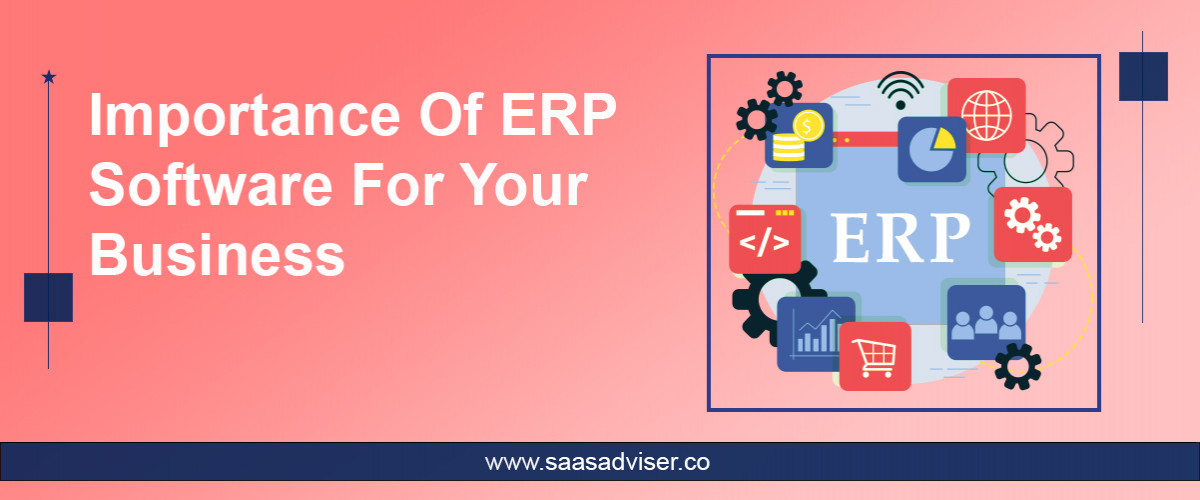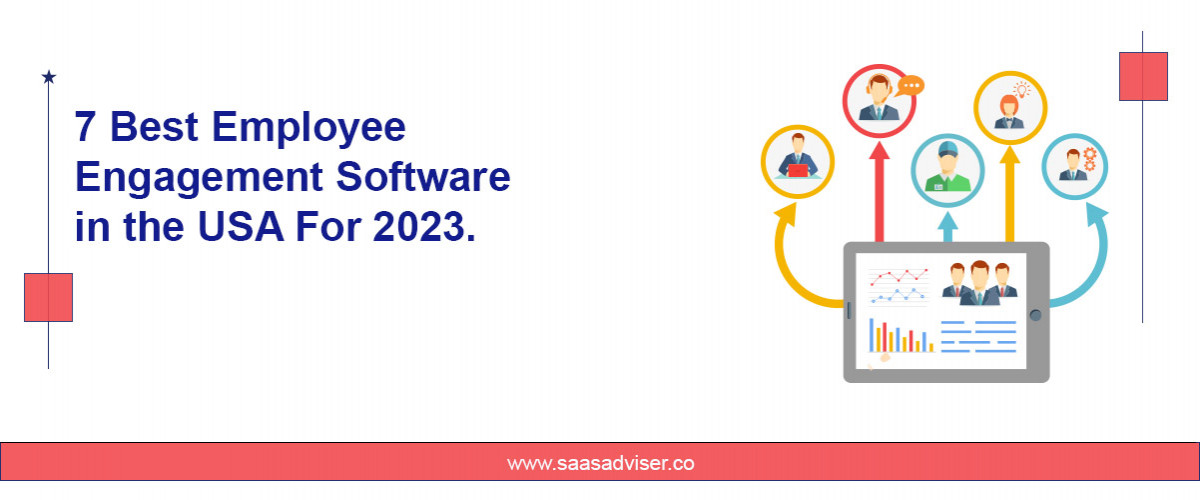What we'll cover
While choosing the right asset management software can be a complex task, it offers significant rewards by streamlining operations and boosting productivity. This guide will equip you to make an informed decision by outlining eight essential tips that cover everything from understanding your asset management software lifecycle and setting clear goals to evaluating features, compatibility, and support. By following these steps, you'll be well on your way to selecting the perfect software to effectively monitor, maintain, and manage your assets.
Why Choosing the Right Software Matters
Choosing the right asset management software is crucial for business productivity. It can streamline operations, reduce costs, and unlock valuable insights, ultimately propelling your business forward. Conversely, a poor choice can lead to inefficiencies, wasted resources, and hinder your progress.
Tip 1: Understand Your Business Needs
Take a step back and identify your business's specific needs first. This includes the size and complexity of the assets you manage, as well as any industry-specific requirements. A clear picture of these factors will act as a compass, guiding you towards the software that's the perfect fit.
-
Identify Core Requirements
Once you understand your business needs, it's time to define the core functionalities you require. This might include features like asset tracking, scheduling maintenance tasks, and generating financial reports. Don't treat them all equally - prioritise them based on what matters most for your operations.
-
Consider Scalability
To ensure smooth growth, select a software solution built for scalability. This means it should seamlessly handle an ever-increasing number of users and assets without sacrificing performance. As your business expands, the software should seamlessly adapt, keeping your operations efficient and effective.
-
Evaluate Industry-Specific Needs
Consider the specific needs of your industry when choosing software. While core functionalities might be similar, some industries, like healthcare with its specialised medical equipment tracking, require additional features. Picking software that caters to these industry-specific needs ensures optimal asset management.
Tip 2: Assess Ease of Use
While powerful features are important, a user-friendly interface and intuitive navigation are equally crucial. The best software won't be effective if your team struggles to grasp its functionality. Look for a solution that prioritises ease of use, allowing your team to leverage its capabilities quickly and efficiently.
-
User-Friendly Design
For optimal usability, prioritise software with a clean and simple design. A clear layout with easy-to-understand icons and buttons will significantly improve your experience by making it intuitive and effortless to navigate and interact with the program.
-
Training and Support
When choosing a software provider, prioritise those offering comprehensive training and support. Look for resources like tutorials, webinars, and a responsive customer service team. This ensures a smooth onboarding process and ongoing assistance when needed.
-
Trial Periods and Demos
Before committing, take advantage of free trials and demos to get hands-on experience with the software. This firsthand exploration will help you gauge its ease of use and determine if it effectively addresses your specific needs.
Tip 3: Check Integration Capabilities
To maximise efficiency and minimise errors, your fixed asset accounting software should seamlessly integrate with your existing tools and systems. This allows for a smooth flow of information, eliminating the need for manual data entry and reducing the potential for mistakes.
-
API Availability
To ensure seamless integration with your current software ecosystem, verify if the asset management software offers an API. This API would allow the two systems to communicate and exchange data, streamlining workflows and centralising information for a more efficient operation.
-
Compatibility with Popular Tools
To streamline operations and boost efficiency, consider how the software integrates with your existing toolkit. Compatibility with popular accounting software, ERP systems, and other business applications can create a seamless workflow, saving time and minimising errors.
-
Data Import/Export Options
When choosing software, prioritise options with flexible data import and export capabilities. This allows seamless migration of your existing data and facility management software, easy information sharing between different tools, ultimately streamlining your workflow.
Tip 4: Consider Customization Options
Since every business operates differently, it's crucial to choose software that can adapt to your unique workflow. Look for solutions that offer customization options, allowing you to tailor the software to your specific needs and maximise its effectiveness for your company.
-
Custom Fields and Templates
To streamline data organisation and cater to your unique needs, consider software that allows for the creation of custom fields and templates. This functionality empowers you to personalise the tool, ensuring it captures the exact information you require while keeping your data neatly organised and easily retrievable.
-
Workflow Customization
Since every business operates differently, it's crucial to choose software that allows you to tailor workflows to your specific needs. This ensures your chosen solution seamlessly integrates with your existing processes, maximising efficiency and avoiding unnecessary workarounds.
-
Branding Options
To create a seamless user experience, consider how your company's branding can be integrated into the software. Look for options that allow you to customise the software's visual elements, such as colours and logos, to match your brand identity. This will ensure a consistent brand experience for your users, from the moment they interact with your company to the moment they use the software itself.
Tip 5: Evaluate Security Features
When choosing asset management software, prioritising robust security features is crucial. Since this software often houses sensitive information, strong measures are necessary to safeguard your data. Look for features that restrict access to authorised personnel only.
-
Data Encryption
To ensure your information is always secure, look for software that utilises strong data encryption standards. This encryption protects your data from unauthorised access.
-
User Access Controls
User access controls act as a digital gatekeeper, ensuring only authorised personnel can access and modify sensitive information. This system prevents unauthorised access and safeguards data integrity by defining clear permissions for each user, limiting their ability to view or edit information they don't have a legitimate need for.
-
Regular Security Updates
When choosing software, prioritise providers known for regularly updating their security features. These updates are crucial for safeguarding your data against evolving threats. By keeping the software's defences up-to-date, you can ensure your information remains secure for the long term.
Tip 6: Analyse Cost Structures
When selecting software, prioritise solutions with transparent pricing models. This ensures you understand the true cost upfront and can make informed decisions. Remember, value for money is key. The chosen software should deliver functionality that justifies the investment.
-
Subscription vs. One-Time Fees
When choosing software, consider how a one-time fee or subscription model aligns with your business needs and budget. One-time fees offer upfront ownership but may lack ongoing updates or support. Subscriptions provide access to the latest features and support but require a recurring cost.
-
Hidden Costs
Hidden costs like fees for extra features, ongoing support, or future upgrades can significantly impact the total cost of ownership. Before you commit, make sure you understand all the expenses involved.
-
Return on Investment
Evaluating a software's potential return on investment goes beyond the initial cost. Consider how much time and money it can save your business in the long run. By streamlining processes, reducing errors, and potentially generate revenue, the software could pay for itself and deliver significant financial benefits over time.
Tip 7: Seek Recommendations and Reviews
When considering different software solutions, don't underestimate the power of conversations and online reviews. These can be a treasure trove of valuable insights, offering real-world experiences with a software's performance and reliability.
-
Peer Recommendations
Reach out to colleagues, industry peers, and even other business owners for their recommendations. Their firsthand experiences can be a goldmine of information, giving you a well-rounded perspective on the pros and cons of different options you're considering.
-
Online Reviews
To get a well-rounded understanding of a software's performance, consult reviews on reputable websites and forums. Don't just skim the positives; pay close attention to both the good and the bad to form a balanced perspective. This way, you'll be able to make an informed decision about whether the software meets your needs.
-
Case Studies and Testimonials
To gain a deeper understanding of a software's real-world capabilities, look for case studies and testimonials offered by providers. These resources showcase how satisfied customers have used the software to address specific challenges and achieve positive results.
Tip 8: Ensure Compliance and Reporting
When choosing software, prioritise options that demonstrably aid in meeting industry regulations and standards. This ensures your business adheres to crucial requirements, reducing risk and fostering a smooth operation.
-
Industry Standards
While there are general best practices for asset management, specific industries often have their own established standards. To ensure optimal performance and compliance, it's crucial to choose software that adheres to the relevant standards within your field. This will help optimise your asset management strategy and ensure it aligns with industry best practices.
-
Regulatory Compliance
Businesses need to prioritise compliance with regulations like GDPR, HIPAA, and ISO to avoid legal and reputational risks. Fortunately, software solutions exist that can streamline this process by offering features that directly address these requirements.
-
Reporting Capabilities
To ensure compliance and make informed decisions, look for software with comprehensive reporting capabilities. This means the software should allow you to customise reports to fit your specific needs and provide real-time access to data. This way, you can stay on top of important information and regulations.
Conclusion
Selecting the right asset management software is crucial for optimising your business operations and achieving long-term success. By considering factors such as usability, scalability, integration capabilities, and cost, you can identify the solution that best meets your needs. SaaS Adviser serves as an invaluable resource for businesses in the USA, offering detailed software listings and expert reviews to help you make an informed decision. Remember, the right asset management tool can streamline processes, enhance productivity, and ultimately contribute to the growth of your organisation. Investing in the right asset management software can streamline your operations, reduce costs, and provide valuable insights.
Asset management software is a tool designed to help businesses track, manage, and optimize their assets throughout their lifecycle. It includes functionalities like asset tracking, maintenance management, and reporting.
It helps businesses improve asset utilization, reduce operational costs, ensure compliance, and enhance decision-making by providing accurate asset data and insights.
Key features include asset tracking, maintenance scheduling, inventory management, reporting and analytics, barcode/RFID scanning, and integration capabilities with other systems.
Yes, asset management software is beneficial for businesses of all sizes. Many solutions are scalable and can be customized to meet the specific needs and budgets of small businesses.
Most asset management software offers robust security features, including data encryption, user authentication, and regular security updates, to protect sensitive asset information.

.jpg)


